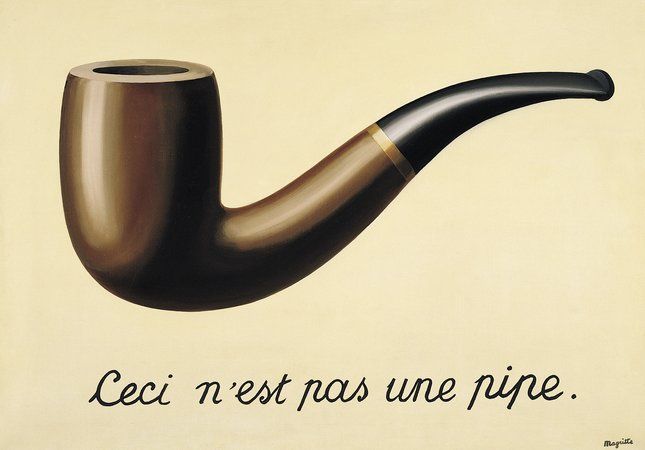Famous Conceptual Artworks and Their Meanings
Conceptual art is a unique genre of art that focuses on the idea or concept behind a piece rather than the traditional focus on aesthetics or craftsmanship. This type of art can be thought-provoking and often challenges viewers to think outside the box and consider different perspectives. In this article, we will explore some of the most famous conceptual artworks and delve into the meanings behind them.
Marcel Duchamp’s “Fountain”
One of the most iconic conceptual artworks is Marcel Duchamp’s “Fountain,” which is a urinal turned on its side and signed with the pseudonym “R. Mutt.” This piece was entered into an art exhibition in 1917 and caused quite a stir among the art world. Duchamp’s intention with this piece was to challenge traditional ideas of what art could be and spark a conversation about the role of the artist and the value of art itself.
Yoko Ono’s “Cut Piece”
Yoko Ono’s “Cut Piece” is another well-known conceptual artwork that was first performed in 1964. In this piece, Ono sits on stage and invites audience members to come up and cut a piece of her clothing off with a pair of scissors. The piece explores themes of vulnerability, trust, and the power dynamics between the artist and the audience. It also raises questions about the role of the artist as a passive or active participant in the creation of art.
Barbara Kruger’s “Untitled (I shop therefore I am)”
Barbara Kruger’s “Untitled (I shop therefore I am)” is a powerful piece of conceptual art that uses text and imagery to critique consumer culture and the commodification of identity. The bold black and white text overlaid on a red background forces viewers to confront their own relationship with consumerism and the ways in which they define themselves through material possessions. Kruger’s work challenges viewers to think critically about the role of advertising and consumerism in our society.
Jenny Holzer’s “Truisms”
Jenny Holzer’s “Truisms” is a series of aphorisms and slogans that the artist created in the late 1970s and early 1980s. These pithy statements are displayed in various public spaces, including billboards, LED signs, and posters. Holzer’s work is a commentary on the power of language and the ways in which words can shape our perceptions of the world. By presenting these truisms in unexpected places, Holzer challenges viewers to think about the impact of language on their daily lives.
Conclusion
Conceptual art offers a unique and thought-provoking perspective on the world around us. By focusing on ideas and concepts rather than traditional artistic techniques, conceptual artists challenge us to think critically about the nature of art, society, and the human experience. The famous artworks mentioned in this article are just a few examples of the diverse and impactful work being done in the world of conceptual art. As we continue to explore this genre, we can expect to be challenged, inspired, and perhaps even changed by the powerful ideas and messages conveyed through these artworks.


